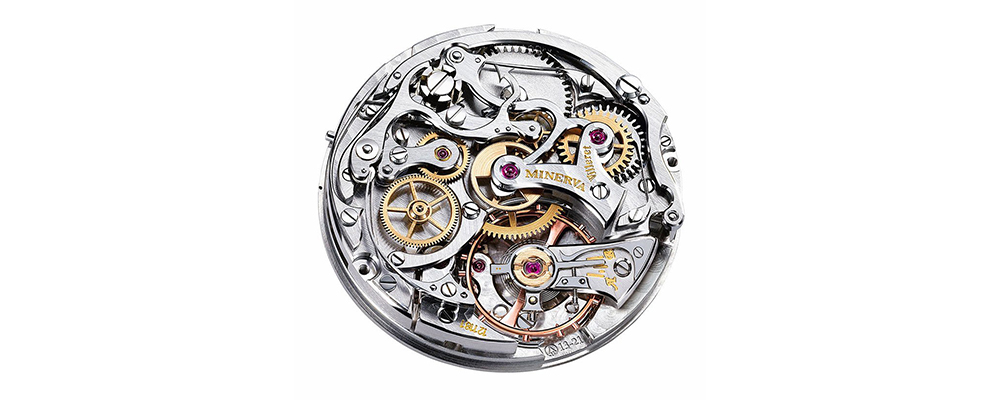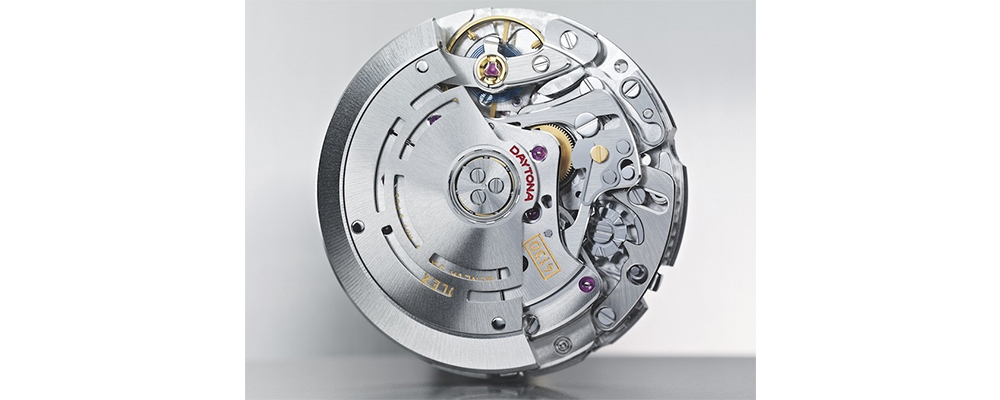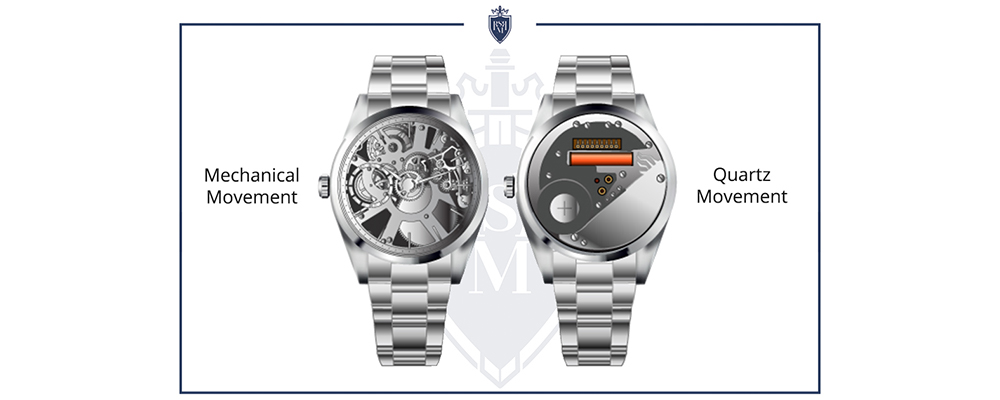
What Are The Best Watch Movements?

What Are The Best Watch Movements?
There are different mechanisms to power a watch to tick. These mechanisms are also known as movements, use different technology to keep a watch working and tell the time accurately.
When it comes to buying a watch, you may have thought about what style you’re looking for, or the colour of the face or material for the strap. But have you considered which is the best watch movement for you?
Watch movements are a pretty vital part of the watch, as, without this, your watch wouldn’t tell you the time which is the sole purpose of a watch, right?
So whether you are a watch collector and enthusiast, or buying your first watch, this information will help you navigate through the minefield ofmen’s and women’s watches on the market today.
What Are The Best Watch Movements: The different types
As engineering and mechanics have improved, there are now several different types of watch movements. Most popular and arguably the best include: mechanical, automatic, quartz and digital. Within these types of watch movements, these can be established further but to help you gain a better understanding of these watch movements, we’ve put together an overview of the different types.
Mechanical Movement: The OG of Watch Movement

The earliest working watches ran on mechanical movement, also known as manual movement watches. Mechanical watches are fascinating and demonstrate the intelligence and intricacy of traditional watchmaking. These revolutionary watches use a combination of interconnected gears that all turn at a precise rate to keep the watch ticking accurately.
Traditional mechanical watches have to be manually wound regularly to keep them ticking and telling the time. To do so, the wearer must wound a small metal knob known as the crown which builds up and stores momentum in the mainspring, a small bit of coiled metal that is interconnected with the gears. The momentum stored up in the mainspring is then released in precisely timed intervals to power the watch’s time telling. Although it sounds complex, the mechanism in mechanical watches is simpler than automatic movements, with fewer moving parts required. Without a motor, mechanical watch movements can be cheaper and require less maintenance, but it is not always the case as these watches are becoming less common.
The design and craftsmanship behind mechanical watches, make them both valuable in the monetary sense and to watch collectors. Mechanical and manual watches used to be the most popular watches on the market but as watch movements have developed and moved on, other more efficient time-telling movements have taken over as the power is relatively short-lived on mechanical watches. For avid watch wearers though, it is difficult to be steered away from the timelessness of the mechanical watch.
Automatic Movement: The innovative, self-winding movement

The next evolution in watchmaking to make time telling lower maintenance was the development of automatic watches. Like mechanical movements, automatic movement watches store the power in the mainspring. Automatic movement watches, however, harness energy from the movement of the wearer’s wrist, which then engages a weighted rotor mechanism. The rotor spins as the wearer moves their wrist allowing the watch to wind itself.
On most models of automatic watches, there is the option to still manually wind the watch, with the presence of a crown and winding system which is ideal for those that struggle to keep the wrist moving or wear their watch less regularly. Generally though, if an automatic watch is regularly worn, it is very rare that a watch wearer must manually wind their watch.
With the addition of a weighted mechanism, automatic watches are usually heavier than mechanical watches. For many though, this is an indication of watch quality and value. The convenience of the self-winding movements also adds to the value of an automatic watch to the wearer.
Quartz Movement: Battery Powered, Simple & Convenient

Today, quartz movement watches make up a large percentage of fashion watches on the market with their ability to tell the time to a high accuracy while being low maintenance. Quartz movement is the simplest and most convenient watch movement as it relies on battery power alone to keep ticking and no winding. This movement works by generating an electric current that passes through a tiny piece of quartz causing a vibration. The quartz then vibrates at a specific frequency which keeps the watch ticking accurately to tell the time.
Quartz watches are the most accurate of all the watch movements to date, as it removes the need for winding, providing superior and precise timekeeping. Quartz movement watches are highly durable, with fewer pieces needed to maintain, batteries lasting up to several years and are also more cost-effective with a lower-intensity manufacturing process.
So, what are the best watch movements?
Deciding the best watch movement for you depends on what you’re looking for in your watch. Are you looking for a low-maintenance, reliable time-teller? Discover quartz movement watches. Do you take pride in your watch collection and enjoy the maintenance? Explore the world of manual and mechanical watches. Or if you’re looking for a watch that balances traditional watchmaking and modern watch technology? Opt for an automatic watch.
Discover our full choice of watch types, styles and movements including digital watches, from popular luxury fashion brands or read our blog for more useful watch guides.
Copyright © 2024. All rights reserved

